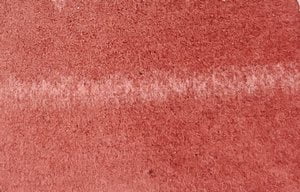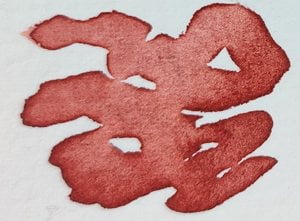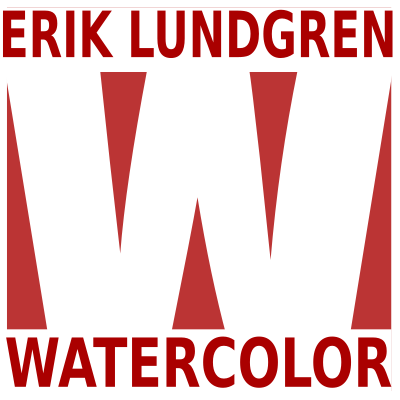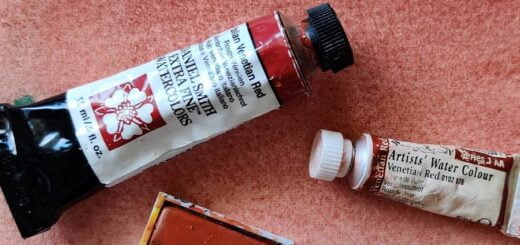Quinacridone maroon (PR206) Discontinued

The pigment is no longer manufactured, if you find someone who has the color why not buy while it lasts.
Quinacridone maroon is a semi-transparent, very light resistant, staining reddish brown color that was invented in 1958. It has many uses. It acts as a value reducer for many blue and green colors. Despite its unclear hue, it works great to mix with, which is also reflected in all ready-mixed colors that contain Quinacridone maroon, ranging from yellowish to reddish brown and violet. Try it for portraits and landscapes. It works great with green colors and can be diluted with plenty of water to be a color for skin tone.


Quinacridone maroon can act as a transparent substitute for Indian red or Venetian red. So if you like the color tone of Indian red but do not like its opacity, try Quinacridone maroon which might be an option.
Quinacridone maroon has much in common with the fugitive Brown Madder. Which is hardly used anymore, instead various modern pigments have taken over the classic name, so also Quinacridone maroon which some manufacturers completely incorrectly give the name brown Madder.



When I paint a landscape with a red-painted house, which is very common in Sweden, I like to use Quinacridone maroon because the color is very similar to falu red color (the red color that is most often used in Sweden for wood outdoors) and works with blue as black and gray. A big advantage is the color’s relative transparency, for the same purpose it also works to use the slightly more intense Perylene Maroon which is also a very nice reddish brown color.






Manufacturers providing Quinacridone maroon and their name for it.
SCHMINCKE – HORADAM: Madder brown
DANIEL SMITH: Quinacridone burnt scarlet
GOLDEN – QOR: Quinacridone burnt scarlet
ROMAN SZMAL – AQUARIUS: Quinacridone maroon
WINSOR & NEWTON: Brown Madder
MAIMERIBLU: Brown Madder (Alizarin)
DALER ROWNEY: Transparent red brown
Information
Color index name: PR206
Lightfastness: Excellent
Transparency: Semi-transparent
Staining: Yes, quite a lot
Granules: No













